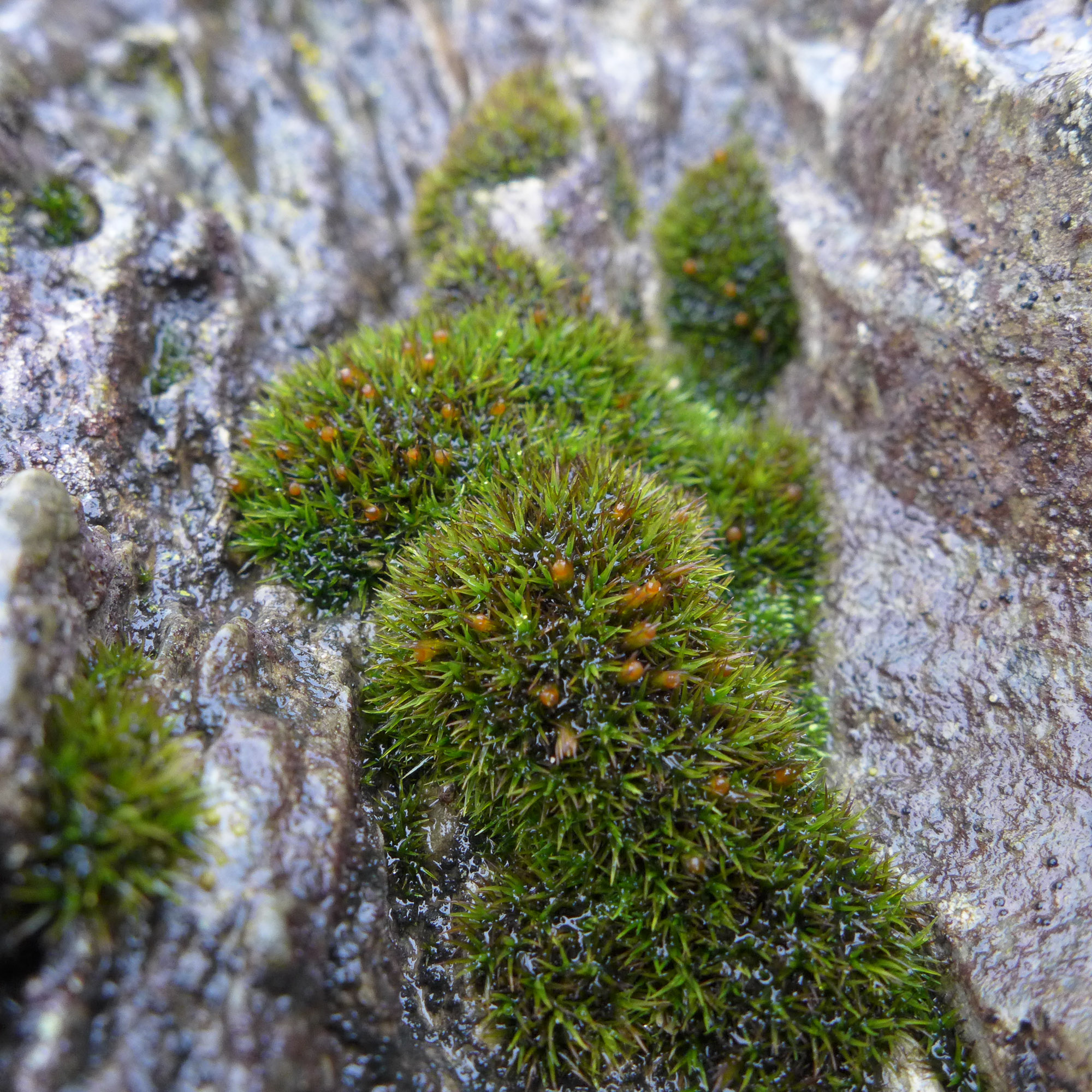
image from: https://www.britishbryologicalsociety.org.uk/learning/species-finder/schistidium-maritimum/
Introduction
Prepare to embark on a captivating journey into the world of Schistidium maritimum subsp. piliferum (I.Hagen) B.Bremer, a remarkable moss species that belongs to the Grimmiaceae family. Often referred to simply as Schistidium, this unassuming yet fascinating bryophyte has captured the hearts and minds of moss enthusiasts worldwide.
Background
Before we delve into the intricacies of this moss, let’s set the stage with some essential background information. Bryophytes, a group that includes mosses, liverworts, and hornworts, are among the oldest and most primitive land plants on Earth. These resilient organisms have been around for over 400 million years, predating even the dinosaurs!

image from: https://www.britishbryologicalsociety.org.uk/learning/species-finder/schistidium-maritimum/
Main Content
Morphology and Identification

image from: https://www.britishbryologicalsociety.org.uk/learning/species-finder/schistidium-maritimum/
Schistidium maritimum subsp. piliferum is a small, tufted moss that forms dense cushions or mats. Its leaves are lanceolate (lance-shaped) and keeled (with a prominent midrib), giving the plant a distinctive appearance. One of its most striking features is the presence of hair-like awns or piliferous tips on the leaf apices, which is where the subspecies name “piliferum” derives from.
Global Distribution and Habitat
This moss is widely distributed across the Northern Hemisphere, thriving in coastal regions and areas with high salt concentrations. It can be found growing on rocks, walls, and even concrete structures near the sea, demonstrating its remarkable ability to adapt to harsh, saline environments.
Ecological Roles and Adaptations
Schistidium maritimum subsp. piliferum

image from: https://www.britishbryologicalsociety.org.uk/learning/species-finder/schistidium-maritimum/
plays a crucial role in coastal ecosystems, acting as a pioneer species and helping to stabilize substrates. Its tolerance to salt spray and desiccation is truly remarkable, thanks to its unique adaptations. The hair-like awns on its leaves are believed to help the moss retain moisture and protect it from excessive drying.

image from: https://www.britishbryologicalsociety.org.uk/learning/species-finder/schistidium-maritimum/
Case Studies/Examples

image from: https://www.britishbryologicalsociety.org.uk/learning/species-finder/schistidium-maritimum/
One fascinating example of the resilience of Schistidium

image from: https://www.britishbryologicalsociety.org.uk/learning/species-finder/schistidium-maritimum/
can be found in the coastal regions of Scotland, where it thrives on sea cliffs and rocky outcrops, forming vibrant green cushions that add a touch of life to the rugged landscapes.
Technical Table

image from: https://www.inaturalist.org/guide_taxa/298327

image from: https://www.britishbryologicalsociety.org.uk/learning/species-finder/schistidium-maritimum/

image from: https://www.britishbryologicalsociety.org.uk/learning/species-finder/schistidium-maritimum/
| Characteristic | Description |
|---|---|
| Family | Grimmiaceae |
| Genus | Schistidium |
| Species | maritimum |
| Subspecies | piliferum |
| Leaf Shape | Lanceolate, keeled |
| Leaf Tip | Hair-like awn (piliferous) |
| Habitat | Coastal, saline environments |
| Distribution | Northern Hemisphere |